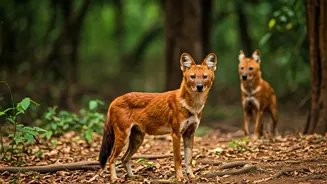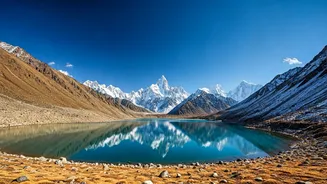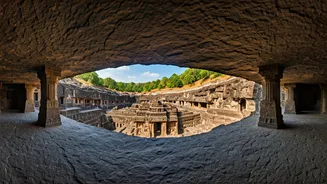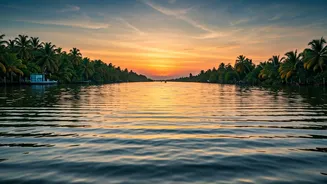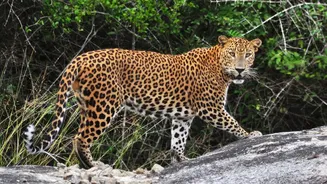Dholes of India
The wild dog, scientifically named Cuon alpinus, or dhole, is a fascinating creature, often referred to as the Indian wild dog. These canids, exhibiting
a reddish-brown coat and a bushy tail, are known for their social nature and cooperative hunting strategies. They live in packs, and their numbers are dwindling, making them an endangered species. Dholes are crucial to their ecosystems, playing a vital role in regulating prey populations. These wild dogs reside in diverse habitats, including forests and grasslands, and are found across various Indian national parks. Conservation efforts are in place to ensure their survival and maintain their essential ecological roles, highlighting the importance of protecting their habitats.
Kaziranga National Park
Kaziranga National Park in Assam is renowned as a UNESCO World Heritage site and is a crucial habitat for the one-horned rhinoceros. However, the park is also home to various other species, including dholes. The lush grasslands and wetlands provide an ideal environment for these wild dogs to thrive. Visiting Kaziranga offers a chance to experience the beauty of the Brahmaputra River and its surrounding landscapes, and to witness the efforts being made to conserve both the rhinos and the dholes, emphasizing the importance of preserving the park's biodiversity. The park's diverse ecosystem makes it an essential location for the survival of numerous animal species, showcasing India's rich natural heritage.
Bandhavgarh National Park
Bandhavgarh National Park in Madhya Pradesh is famous for its high density of tigers, but it also supports populations of dholes. The park's diverse terrain, with a mix of hills, valleys, and grasslands, provides a suitable habitat for wild dogs. Bandhavgarh’s history as a former hunting ground adds an interesting dimension to the park. Visitors can explore the ancient fort that overlooks the landscape, adding a layer of historical significance to their wildlife viewing experience. The conservation initiatives in Bandhavgarh aim to preserve the delicate balance between the various species, including the elusive dholes, ensuring the park's status as a premier wildlife destination.
Periyar National Park
Periyar National Park in Kerala is set in the Western Ghats and offers an experience of lush greenery and scenic beauty. The park, centered around Periyar Lake, provides a habitat for various animals, including dholes. The evergreen forests and undulating terrain create a perfect environment for the wild dogs to roam freely. The park’s commitment to eco-tourism allows visitors to enjoy the natural beauty while supporting conservation efforts. Boating on Periyar Lake offers an incredible opportunity to observe wildlife and take in the natural beauty surrounding the park. The park's dedication to sustainability highlights its role in protecting not only the dholes but also the rich biodiversity of the Western Ghats.
Ranthambore National Park
Ranthambore National Park in Rajasthan is a symbol of India's tiger conservation efforts, though it is also home to dholes. The dramatic landscapes of the park, with ancient forts and rugged terrain, offer a unique backdrop for wildlife viewing. The dry deciduous forests of Ranthambore provide a habitat for diverse animals, including the wild dogs. Exploring the park allows you to witness the co-existence of different species in a challenging environment. The conservation efforts here emphasize preserving the natural habitat and promoting wildlife tourism in a responsible manner. The park's historic landmarks, alongside its rich biodiversity, provide visitors with an exceptional experience.
